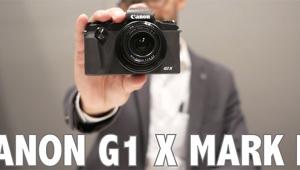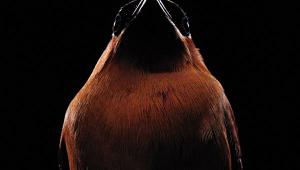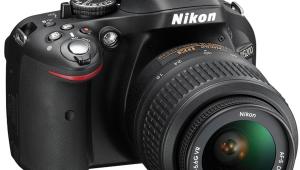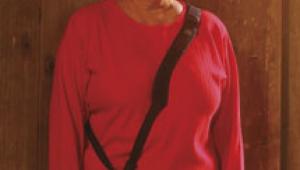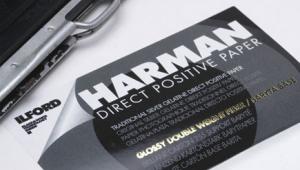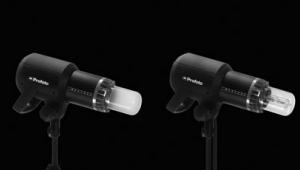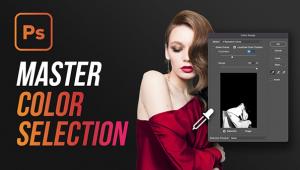Camera Supports; Tripods, Heads…And Helicopters Page 2
Something that is important to remember, however, is that tripods (and for that matter, monopods) aren’t the only options. Studio photographers commonly use pillar-type stands, which look like a gallows from a child’s game of Hangman. The cross arm slides up and down the pillar, and the camera slides from side to side on the cross arm. There are fewer manufacturers of these than there used to be—Cambo and Linhof spring to mind as the leaders—but for quick, easy manipulation they are unbeatable, as you can move the camera from floor level to way above eye level in seconds. Another variant is the Cambo pneumatic pillar stand, where the counterbalancing air pressure is adjusted by the delightfully simple expedient of a bicycle pump.
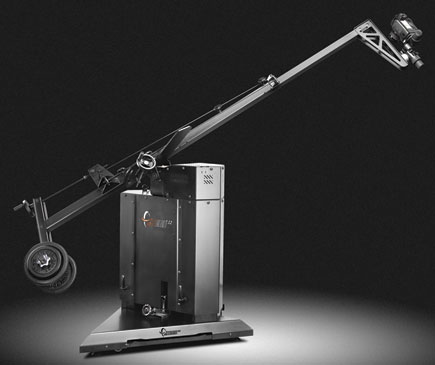 |
|
|
The Czech FotoRobot company offers a whole slew of other possibilities, some of them (as the name suggests) motorized. You’ve seen pictures of the kind of robots that assemble automobiles, manipulating panels and then welding the seams? Nowimagine the same sort of thing with acamera on the end, photographing something from a variety of different angles. The “something” may itself be ona rotating table: they had one big enough for a car and another driven from the edges so that the center can be shadowlessly transilluminated.
Video Supports
Then there are simple booms for high viewpoints, and one of the major trends of the show: video supports. There are more and more rigs designed for shooting high-definition video with SLRs, especially Canon and (to a lesser extent) Nikon. The important thing about video supports for SLRs is that the old one-shoulder mounts, suitable for big, professional video-only cameras, are configured completely wrongly for the new approach. Quite a few manufacturers showed what amount to customizable scaffolds, almost like a partial exoskeleton, that make use of the photographer’s chest or stomach as one of the support points, as well as one or both shoulders. They have to be customizable to allow for the different configurations of camera kit, with or without external monitors, and different sizes and builds of photographer.
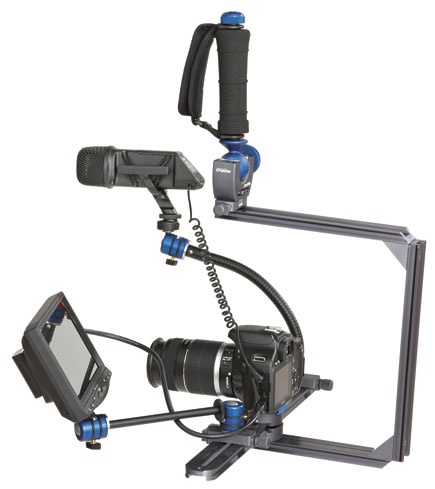 |
|
|
Novoflex offers a characteristically modular “erector set” approach that is ideal for those who really know what they are doing, or even for those who don’t: you can make it up as you go along. As several people pointed out, a high-end D-SLR is usually the least expensive component in one of these video rigs: you can easily spend another $20,000 on the scaffold, mics, monitors, and more.
These rigs also have to be able to support remote, one-handed control of focus, aperture, and zoom while shooting. The best way to do this is with purpose-built cine primes, as shown by Zeiss and Schneider (see our show report on lenses), but there are also various adapters to allow the use of ordinary still camera lenses. The problem here is that surprisingly many still camera lenses are fairly loose and sloppy, so that add-on focus-pullers and stop-pullers actually cause some movement of the image as they are operated. The cleverest system we saw was from Intuitfocus, which uses a belt drive and an ingenious proportional control knob. Twist it gently, and not too far, and the movement is very slow. Twist harder and further, and it is a lot faster.
Yet again, you get what you pay for with these systems. The best are solid, reliable, and highly customizable. The worst are clearly rushed to market as cheap knockoffs of the better designs. It doesn’t take long to see the differences, quite apart from the price: just look at the finish, the quality of the lock and knobs, and the rigidity of the whole rig.
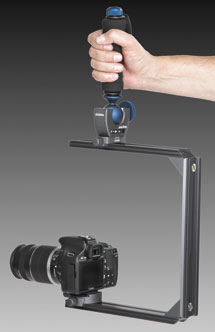 |
|
|
On the other hand, if you don’t want to pay a fortune, Redged comes to your aid again. Imagine a backpack to be worn on the front (if you see what we mean), rather like a baby sling. It has a bracket on it which looks like the handle of a rolling case or an old-fashioned rolling shopping bag. With a tripod head in the middle, it allows you to shoot with your camcorder or video-enabled compact with a much more stable and comfortable support and far less danger of waving the camera around and making your viewers seasick. There’s also a Joby Gorillapod light video head for the same purpose: wrap the legs of the Gorillapod around anything handy, or brace it against your chest and shoulder, and you can work wonders for the steadiness of your video images. Or up-market again, not cheap but not expensive, the Steadicam Smoothee is designed for Flip video cameras and iPhone 3GS and Droid smartphones.
As Promised, Helicopters, Too
If you do want to pay a fortune, though, one of the hits of the show for us was the Flying Lift four-rotor helicopter. It can carry a small, light camera (up to 500 grams, just over a pound). For around $13,500 you get the helicopter itself, a master control unit, and a helicopter control unit which looks suspiciously like a video game console, together with a pair of glasses with a built-in video monitor so you can see, through one eye if you look downward, exactly what the camera sees. Look up, of course, and you will see the helicopter flying in the sky.
Actually, $13,500 is something of a bargain for such a machine, and another thing in its favor is that it is designed to be user-reparable. The French inventor explained that if you do crash it, and have the spare parts on hand, you can have it flying again in 5 or 10 minutes, unlike its nearest rival, which has to be sent back to the factory. A bigger eight-rotor version exists in prototype and will be able to lift professional SLRs, but as the inventor pointed out, they have to have image stabilization: the gimbaled mount for the camera transmits no vibration, but is not itself actively stabilized. The potential of the existing unit for police forces and the like would seem to be enormous, and the eight-rotor version should open the possibility of an astonishingly affordable aerial photography business.
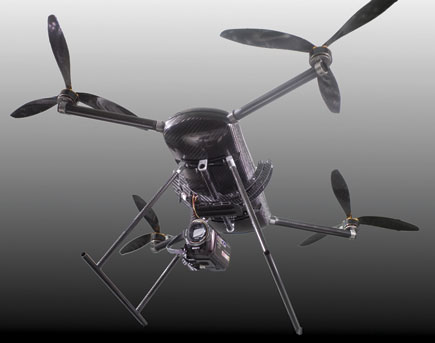 |
|
|
Another expensive bit of kit was the latest VR (Virtual Reality) support from Seitz, programmable to use a wide range of cameras and lenses and to shoot automatically across almost an entire globe if needed: only “almost,” unless you are interested in including the base of the camera support itself. It was eerie to watch it rotate; shoot; rotate; shoot, for a full circuit, then nod, shoot, rotate… Software stitching programs are used to nailing all the images together.
At the other end of the affordability scale, Vouch Tech Industries showed little, hard-side cases for compact cameras with a built-in camera support: a tiny tripod head which, when not in use, folded away into the side of the case. On the same stand there was a strange little tripod with worm-driven claws (think Captain Hook in Peter Pan, in triplicate) that allowed it to be clamped firmly—viciously, even—onto chair backs, bicycle frames, or whatever else happens to be both handy and incapable of complaining. For that matter, there’s a Giotto’s window clamp which (unlike many of them) actually works, and offers a good degree of movement for your camera. Wind your car window part way down; clamp this on; turn off the engine (to avoid vibration); and sit still, so the car doesn’t rock on its suspension, and you have a ton or more of camera support around you.
Are things like the Flying Lift, Seitz’s VR support, and the triple-hook device weird? Yes. But that’s the great thing about photokina. You get to see all kinds of weird stuff, including solutions to problems you didn’t even think existed, and you also get to be reminded of good, old stuff like pillar stands and leveling bowls which otherwise are all too easy to forget.
Manufacturers/Distributors
ARCA-SWISS: no website; contact via e-mail at: arcaswiss@aol.com
Benro: www.benro.cn; distributed by MAC Group
Berlebach: www.berlebach.de; distributed by HP Marketing Corp.
Cambo: www.cambo.com
Cullmann: www.cullmann-foto.de; distributed by RTS Inc.
Flying Lift: www.flyinglift.com; no US distribution yet
FotoRobot: www.fotorobot.cz
Giotto’s: www.giottos.com; distributed by HP Marketing Corp.
Gitzo: www.gitzo.com; distributed by Manfrotto Distribution
HP Marketing Corp.: www.hpmarketingcorp.com
Induro: www.indurogear.com; distributed by MAC Group
Intuitfocus: www.intuitfocus.de; distributed by HP Marketing Corp.
Joby: www.joby.com
Linhof: www.linhof.de; distributed by HP Marketing Corp.
MAC Group: www.macgroupus.com
Manfrotto: www.manfrotto.com; distributed by Manfrotto Distribution
Manfrotto Distribution: www.manfrottodistribution.us
Novoflex: www.novoflex.de; distributed by HP Marketing Corp.
Redged: www.redged.com; US distribution under negotiation
RTS Inc.: www.rtsphoto.com
Seitz: www.roundshot.ch
Tiffen (Steadicam): www.tiffen.com
Vanguard: www.vanguardworld.com
Vouch Tech Industries: www.vouchtech.com
- Log in or register to post comments




